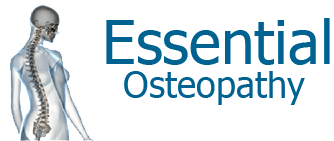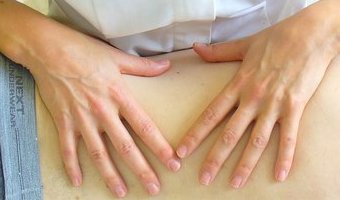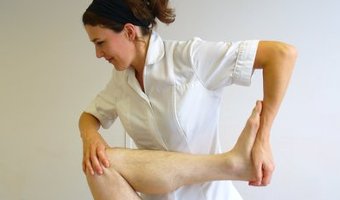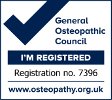Exercising with hip and/or knee osteoarthritis
Osteoarthritis is “a chronic arthropathy characterized by disruption and potential loss of joint cartilage along with other joint changes, including bone hypertrophy (osteophyte formation). Symptoms include gradually developing pain aggravated or triggered by activity, stiffness lasting < 30 min on awakening and after inactivity, and occasional joint swelling”. The most common sites affected in the lower body are the knees and hips.
 Osteoarthritis is a very common condition, and 8.75 million people over the age of 45 in the UK have sought treatment for it. Nearly three quarters of people with osteoarthritis report constant pain and nearly a third of sufferers reduce their work hours or give up work because of their condition. Management of OA is divided into three areas: pharmacological; non-pharmacological; and surgical. Appropriate exercise or physical activity is recommended in all patient groups, irrespective of demographics, severity of the condition, and pain levels experienced.
Osteoarthritis is a very common condition, and 8.75 million people over the age of 45 in the UK have sought treatment for it. Nearly three quarters of people with osteoarthritis report constant pain and nearly a third of sufferers reduce their work hours or give up work because of their condition. Management of OA is divided into three areas: pharmacological; non-pharmacological; and surgical. Appropriate exercise or physical activity is recommended in all patient groups, irrespective of demographics, severity of the condition, and pain levels experienced.
The key messages are that:
- There is strong evidence suggesting that exercise in general can help you manage the pain of hip and knee osteoarthritis (OA)
- The benefits of exercise on pain levels continue after the intervention period, with some patients reporting a reduction in pain for between 3 – 18 months after cessation.
- Appropriate exercise can be prescribed irrespective of age, pain level, comorbidity and disability.
- Catering to your specific needs and circumstances may improve adherence, which is important for improvements in outcomes.
- Exercises in group or individual settings are equally effective, so your preference should drive this decision.
- There is no evidence to suggest that one type of exercise (aerobic, strength, or range of motion) is superior to another. Management plans often combine these approaches in an attempt to improve effectiveness.
- There is some evidence that specifically strengthening the muscles of the leg through resistance exercises will reduce pain in sufferers of knee OA.
(Click the link to read the full NCOR snapshot summary (2018) – https://www.ncor.org.uk/wp-content/uploads/2018/05/snapshot-summary-exercise-therapy-hip-knee-osteoarthritis.pdf)
Please contact me if you’re having trouble with your hips and or knees and I can go through a full case history and assessment to establish if the cause of the symptoms is osteoarthritis or something else. I will then treat and give you advice and exercises, as appropriate in line with the points above, to enable you to benefit from the treatment and further your ability to get ‘back up and running’ (literally in some cases).







